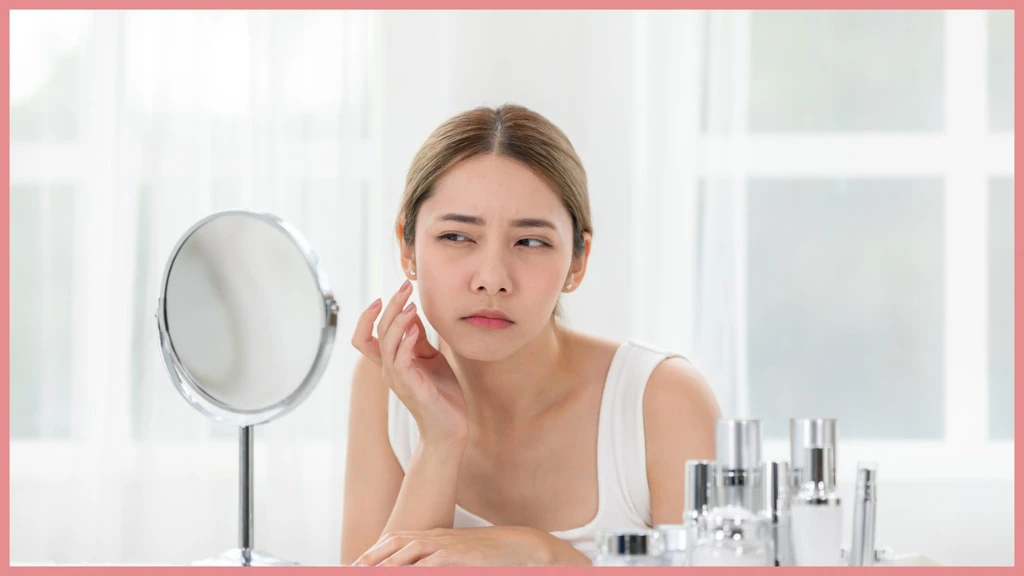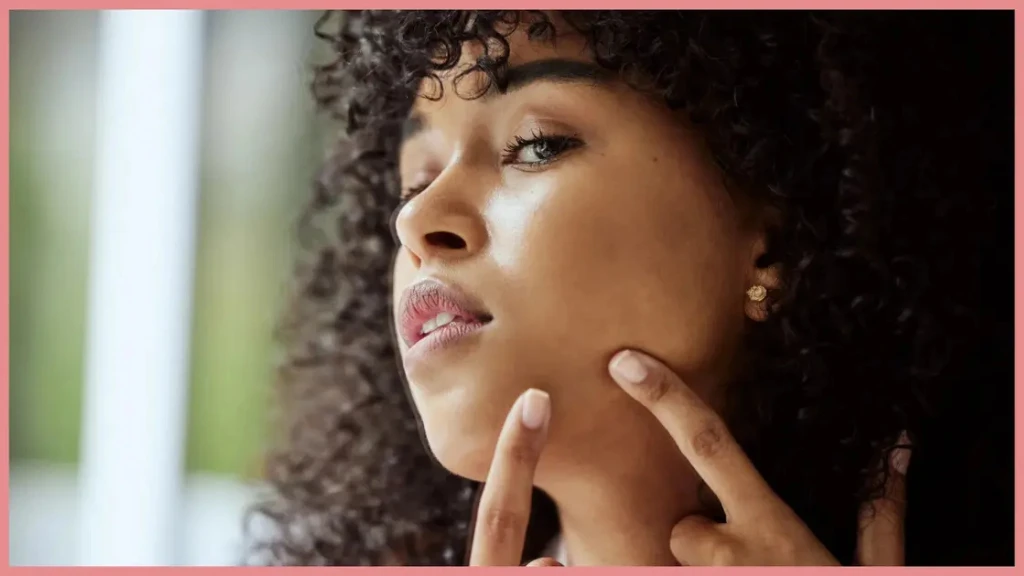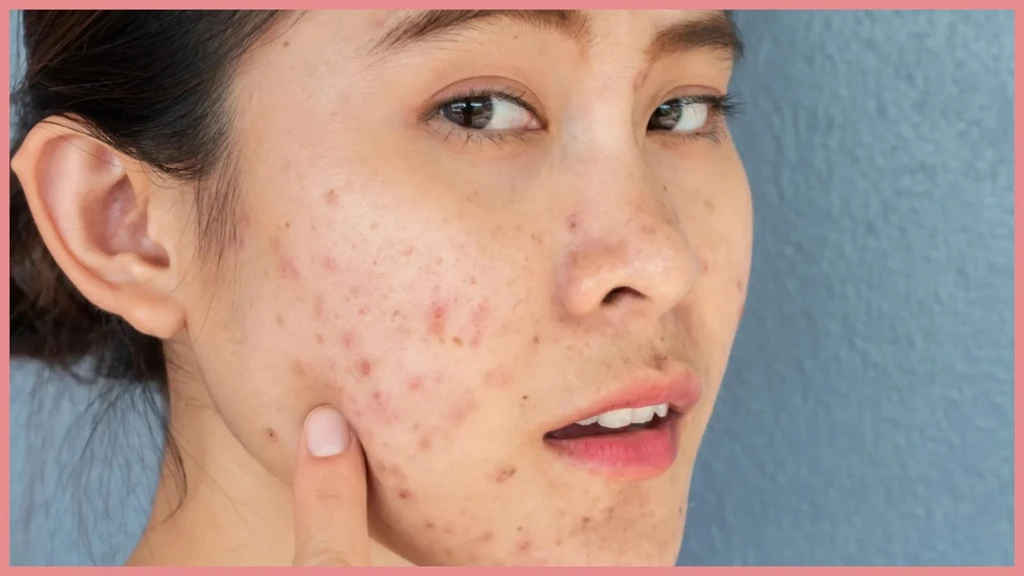How to Fade Red Spots on Your Face
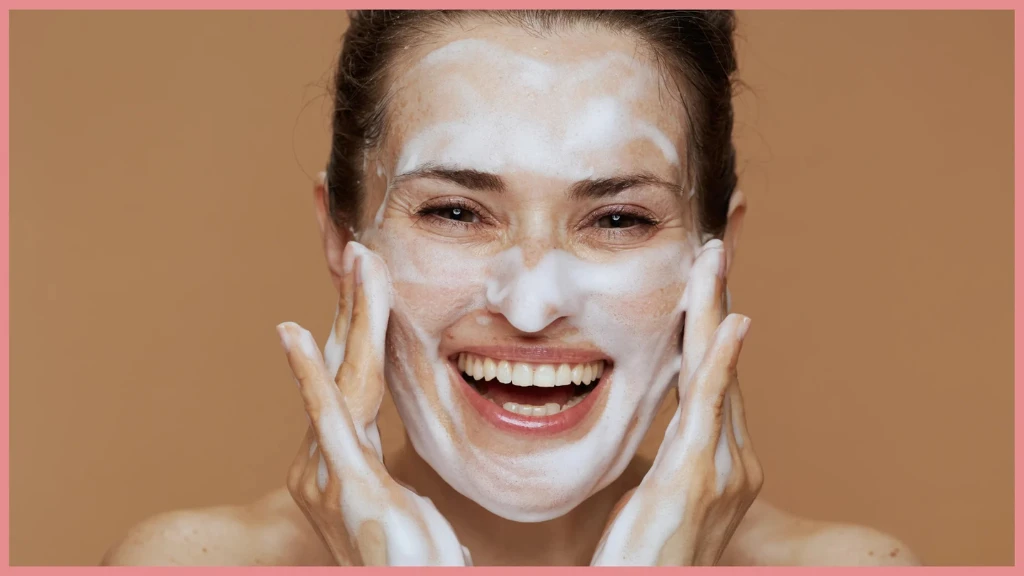
Redness can be annoying when you're trying to keep your skin healthy and clear. As a dark-skinned woman, I don't deal with redness so much as hyperpigmentation, but for those who have lighter brown or white skin, there are solutions to address the discoloration.
Whether it’s a breakout, irritation, or something deeper, these spots can impact how we feel about ourselves.
You can take simple, effective steps to reduce redness and achieve a clear, glowing complexion. In this guide, I’ll walk you through everything you need to know to confidently tackle those stubborn red spots.
Dermatologist Explains: Effective Treatments for Facial Redness
What Are Red Spots on Your Face?
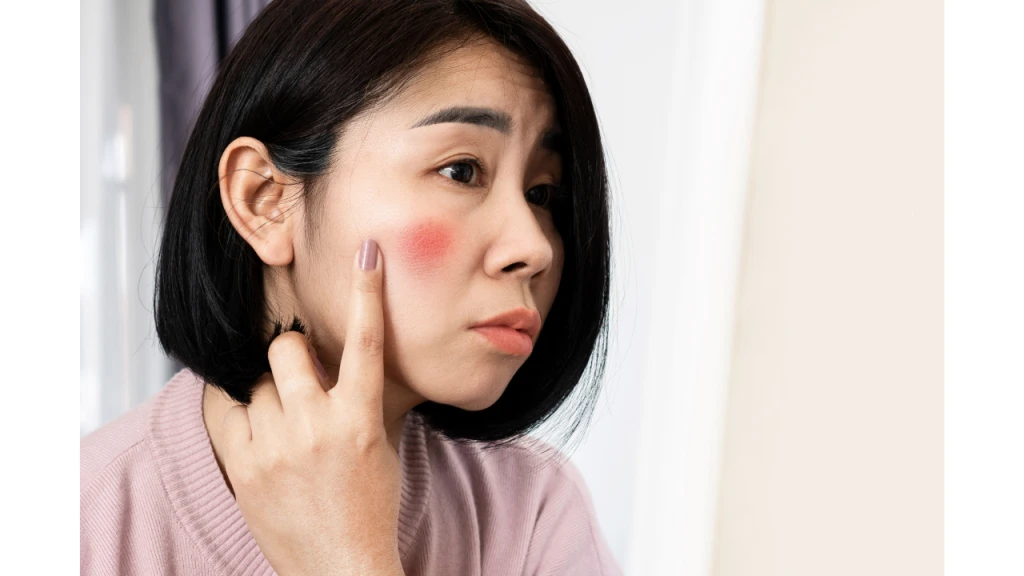
Red spots can appear for many reasons, from acne flare-ups to sensitivity issues. They aren’t all the same, and understanding the type of redness you’re dealing with is key to finding the right solution.
Red spots on the face can be caused by a variety of factors, including irritation, allergies, or acne. If you frequently experience redness, you may want to learn how to repair your skin barrier or explore the best serums for reducing inflammation.
Types of Red Spots
Identifying the type of redness you’re dealing with is the first step toward effective treatment.
Acne-Related (Pimples, Pustules)
Acne-induced redness often comes from inflamed pimples, pustules, or cysts. This type of redness is typically localized and may leave marks even after the blemish heals.
Rosacea-Related (Flushing, Redness)
For those with rosacea, redness may present as widespread flushing, small bumps, or visible blood vessels. It’s a chronic condition that flares up due to triggers like stress or certain foods.
Other Causes (Allergic Reactions, Sun Damage)
Sometimes, redness can arise from an allergic reaction to skincare products, makeup, or even environmental factors. Prolonged sun exposure can also lead to sunburn or broken capillaries, both of which leave red marks.
Common Causes of Red Spots
Understanding the root cause of your redness will help you address it more effectively. Here are some common culprits:
Hormonal Fluctuations
Hormones can wreak havoc on the skin, especially during periods, pregnancy, or puberty. This imbalance often leads to increased oil production and clogged pores, resulting in redness.
Genetics
If redness runs in your family, you may be genetically predisposed to conditions like rosacea or sensitive skin. While you can’t change your genes, you can manage symptoms with the right care.
Poor Skincare Routine
Using harsh products, skipping sunscreen, or over-exfoliating can irritate the skin, leading to inflammation.
Environmental Factors
Cold weather, pollution, and UV exposure can strip your skin of moisture and cause redness. Protecting your skin from external stressors is crucial.
How to Get Rid of Red Spots on Your Face
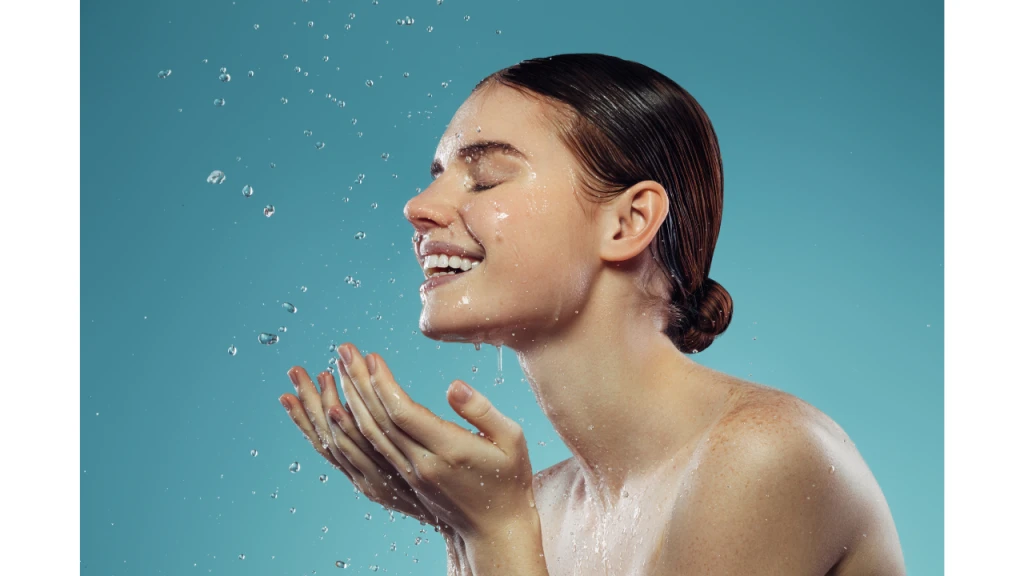
Clearing red spots requires a multi-faceted approach. Whether you prefer over-the-counter solutions, home remedies, or professional treatments, consistency is the secret to success.
1. Over-the-Counter Products
When shopping for products, look for ingredients that calm inflammation and target redness. Here are some key players:
Niacinamide
Niacinamide, also known as Vitamin B3, is one of the best options for reducing redness. This ingredient strengthens the skin barrier, minimizes inflammation, and balances oil production, making it suitable for all skin types.
To use it, apply a few drops of a niacinamide serum after cleansing and before moisturizing. Products like The Ordinary Niacinamide 10% + Zinc 1% available at Amazon.com and Murad Rapid Dark Spot Correcting Serum also available at Amazon.com are excellent options to start with.
Salicylic Acid
Salicylic acid is another effective ingredient, especially for those dealing with redness caused by acne. This beta-hydroxy acid (BHA) penetrates deep into the pores to clear clogs, reduce inflammation, and target redness from active breakouts.
For the best results, try using it in a cleanser, toner, or spot treatment about 2-3 times a week—that way, you can avoid over-drying your skin. Great options to consider are Paula’s Choice Skin Perfecting 2% BHA Liquid Exfoliant available at Amazon.com or La Roche-Posay Effaclar Medicated Gel Cleanser, available from Amazon.com, both known for delivering reliable results.
Azelaic Acid
Lastly, azelaic acid is a fantastic multitasker for calming redness, fading post-acne marks, and gently exfoliating the skin. It’s especially helpful for individuals with rosacea or sensitive skin.
To use it, just apply a pea-sized amount to clean, dry skin once or twice a day, depending on what your skin can handle. One great choice to try is The Ordinary Azelaic Acid Suspension 10% available at Amazon.com.
2. Home Remedies
For those who prefer natural solutions, these DIY options can soothe redness without breaking the bank.
Ice Compress
An ice compress is one of the simplest remedies for calming inflammation and redness. To use, wrap a few ice cubes in a clean cloth and gently press it onto the affected area for 1-2 minutes.
The cold reduces swelling and soothes irritation, especially from acne. However, make sure not to apply ice directly to your skin to avoid burns or additional irritation.
Green Tea Compress
Another effective remedy is a green tea compress. Green tea is rich in antioxidants and anti-inflammatory compounds, making it ideal for calming redness.
To prepare, steep a green tea bag in hot water, allow it to cool, and press it onto your skin for about 5-10 minutes. This method is particularly useful for reducing redness caused by rosacea or sun exposure.
Oatmeal Mask
Oatmeal masks are a go-to for soothing irritated skin and reducing redness. To create one, mix finely ground oats with water or plain yogurt to form a paste. Apply it evenly to your face, leave it on for about 15 minutes, and rinse off with lukewarm water.
Oatmeal is incredibly hydrating and works well for sensitive skin types, making it a great option for flare-ups caused by dryness or irritation.
Honey
Lastly, honey is a natural anti-inflammatory and antimicrobial agent that helps calm redness while keeping your skin moisturized.
To use, dab a thin layer of raw honey onto red areas, leave it on for 15 minutes, and rinse off with warm water. Stick to pure, unprocessed honey for the best results, and avoid it if you’re allergic to bee products.
Each of these remedies offers gentle, natural ways to address red spots, leaving your skin feeling refreshed and calm.
3. Pimple Patches
Pimple patches are an easy, effective solution for reducing red spots caused by acne. These small, adhesive patches are made from hydrocolloid, a material that creates a moist environment to speed up healing.
They work by absorbing excess fluid, like oil and pus, from the blemish while forming a protective barrier that prevents bacteria and dirt from worsening the breakout. Some patches also contain acne-fighting ingredients such as salicylic acid or tea tree oil for added benefits.
When choosing a patch, opt for one that is thin and blends with your skin tone for discreet wear during the day or night. Look for trusted brands with simple ingredients to avoid irritation, especially if you have sensitive or reactive skin. Here's a good pimple patch by Peace Out you can try from Amazon.com.
4. Professional Treatments
If redness persists or worsens, it might be time to consult a dermatologist. Here are some advanced options:
Laser Therapy
Laser therapy is a popular choice for reducing redness caused by rosacea, broken capillaries, or acne scars. The procedure uses focused light to target and break down visible blood vessels or to stimulate collagen production, improving skin texture and tone.
While the results can be highly effective, you might experience temporary redness or sensitivity after treatment. Always consult with a qualified professional to assess if this option suits your skin type.
Topical Medications
Topical medications, often prescribed by dermatologists, are another effective solution. Products containing active ingredients like metronidazole, tretinoin, or clindamycin address specific conditions such as rosacea, acne, or chronic inflammation.
These treatments require consistent use and close monitoring to achieve optimal results without causing irritation.
Chemical Peels
Chemical peels are another professional option that can help with redness by exfoliating the skin’s surface and promoting cell turnover. By applying a chemical solution, dead skin cells are removed, reducing redness from acne scars or sun damage.
While chemical peels can leave your skin feeling refreshed and smoother, mild peeling and sensitivity are common side effects during the recovery period. Discuss with your dermatologist to determine the right peel strength for your needs.
Conclusion
Getting rid of red spots takes time, but with a little patience and a solid routine, you’ll start to see results. The key is staying consistent. If over-the-counter products or home remedies aren’t doing the trick, it’s a good idea to check in with a dermatologist for a personalized plan.
No matter where you are in your skincare journey, know that clear skin is possible with the right approach. Stay consistent, protect your skin, and let your natural beauty shine through!

